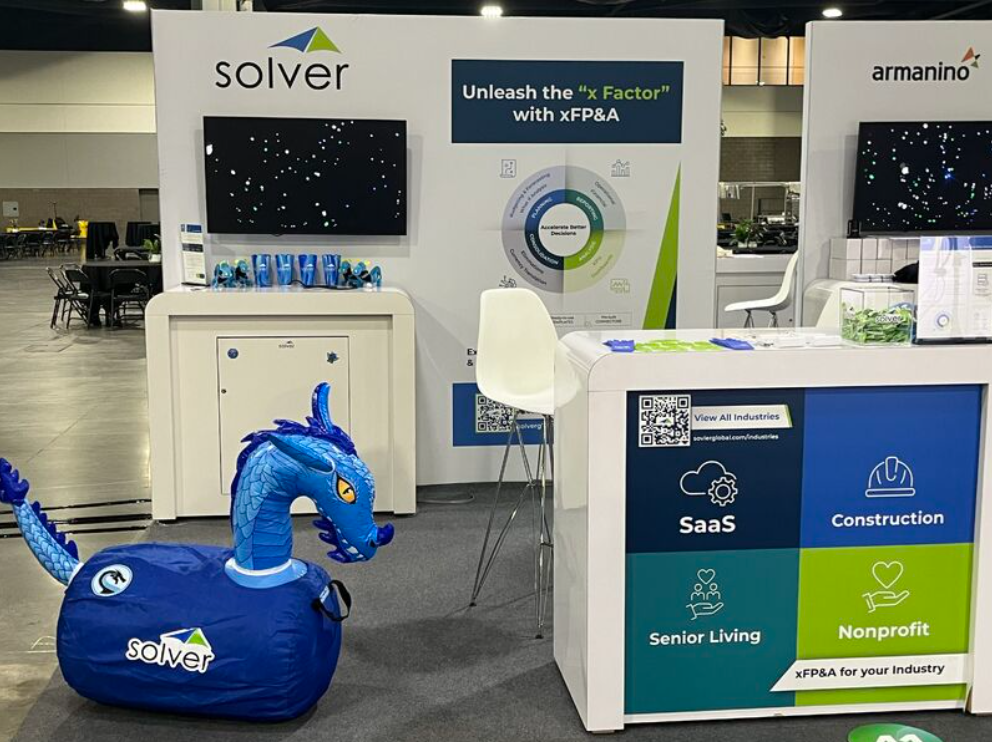It’s now a race to the finish line — the final six weeks of busy
season, and the fastest push to get returns done quickly and efficiently. So
the last thing you need right now is a hardware failure that takes a workstation
out of commission and leaves you or a staff member with hours lost to nothingness.
Fortunately, most of the hardware problems you will encounter in the next
six weeks can be avoided with a small investment. And now is the time to take
an hour, make the investment, and pull together five essential tips and tools
that can get you through the season.
- Track down the original CDs for your operating system. If
a driver goes crunch in the night, you won’t have time to go looking for
the CD that the admin person who retired last year put somewhere in a filing
cabinet. Pull out the CD (and any others that might be helpful, like the
driver disk for your video card), put them in a plastic bag, and tape them
to the wall above your computer so you will know instantly where to find
them. - Buy a new keyboard and mouse. You can buy an inexpensive
keyboard for about $15 online, a mouse for less. In the midst of tax season,
you’ll be eating at your desk more than one night. Even if you don’t, it’s
hard to work that many hours without some kind of beverage that will spill
into the keys and bring the keyboard to a grinding halt. Or you could have
the tiny ball on the bottom of the mouse finally read the end of its useful
life and refuse to move the cursor. Whatever. With a little advance planning,
you can hot-swap the damaged device and keep going with only about 60 seconds
of down time. - Buy an inexpensive video card. Nearly all of the problems
I encounter with computers that “suddenly just went dead” occur when the
video card (or worse yet, the video system built into the motherboard) fries
or dies. Remember, the video card and the power supply are the first two
components of a PC likely to be affected by a power surge. I recommend buying
a simple, VGA card you can drop into the PC to keep going with only about
three minutes of down time. They can be had for as little as $28 online
(and, after all, you don’t really need 64 gazillion colors to do a tax return!). - P-s-s-s-t! Backup! Okay, you already have a backup system
… or at least you know you should have one (and will get around to it once
busy season is over). Besides, that stuff can be expensive, and you don’t
have the time to spend messing with it, and so on. Okay. Here’s the next
best thing: Seagate
is offering a 1.5 terabyte external hard drive for just $112.49 plus shipping.
The offer is only good until April 1, 2009, and you must enter the code
T4346M$Q6GRJB$ at checkout. And it is only
formatted for Windows XP and Vista. But it is a USB 2.0 device at an incredible
price that should hold all of the tax files for a small office. Backup is
the best defense against a hard drive or network drive failure. Thanks to
Rick
Broida over at CNET for digging this up. - Turn off automatic updates. I know, automatic updates
are handy and they keep your computer safe from new viruses. And if you
don’t update your computer, you might void the warranty and so on and so
on. We’re talking about busy season here. Turn off all the automatic anythings
on your work computer so that the machine doesn’t suddenly freeze up for
three hours while it downloads the latest update to Windows that will likely
have at least one bug in it to crash your machine completely. For Windows
users, the switch to turn automatic updates off is found in the Control
Panel. There is nothing that will be update in the next six weeks that is
worth the time lost, and anything that needs to be updated now can wait
until after busy season. If the machine is stable today, keep it that way.
There are other trinkets and ideas I keep in my personal 9-1-1 toolkit. I
keep the URL for the manufacturer of my motherboard handy, and the one for Microsoft’s
Knowledge Base. I use Secunia’s free online software inspector at Secunia.com
to help watch for troublesome security vulnerabilities. And I use Belarc’s
free online analyzer so that I can instantly know what versions of everything
are installed on my computer.
I also keep a spare monitor tucked in a closet. It’s rare that a monitor
will die without advance signs (screen size changes, colors get weird, etc.),
and often the problem is the video card and not the monitor. On the other hand,
you can pick up a cheap working monitor at Goodwill for less than $10, and it
doesn’t take much space to have peace of mind.
And peace of mind is what it’s all about. So if you have your own favorite
tool for an office IT 9-1-1 tip or tool, drop me a note.
—————————————————
Mr. McClure is a consultant and widely published writer on technology
issues. He can be contacted at davemcclure@cpata.com.
Thanks for reading CPA Practice Advisor!
Subscribe Already registered? Log In
Need more information? Read the FAQs



